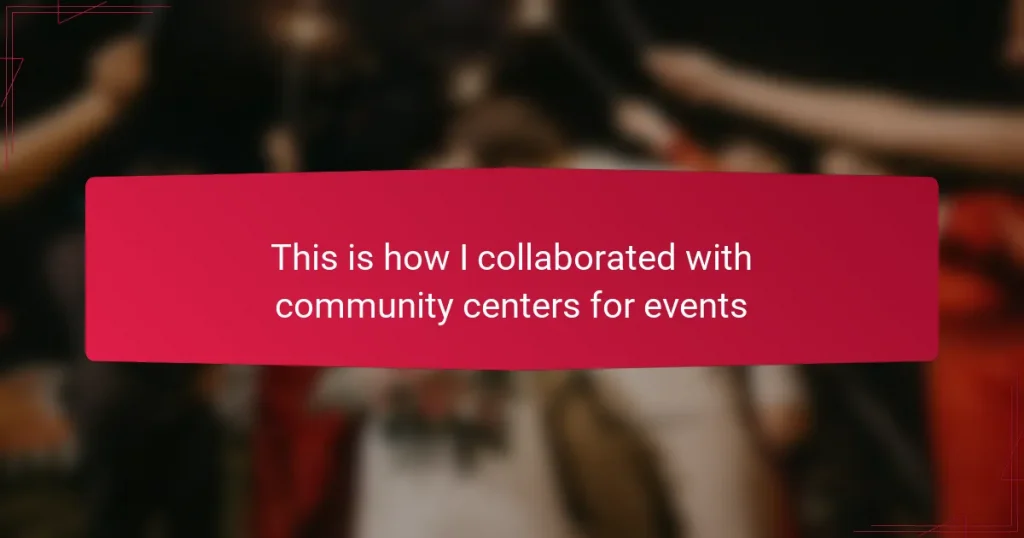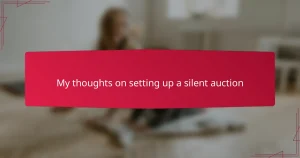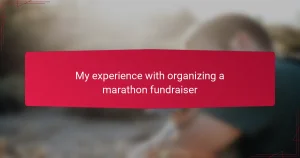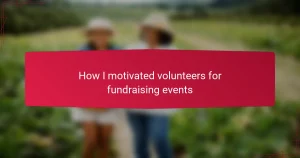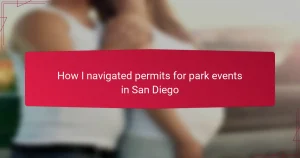Key takeaways
- San Diego family fundraising focuses on relationship building and community engagement, enhancing emotional investment.
- Collaborating with community centers provides accessible venues, boosts credibility, and fosters stronger participation.
- Effective planning involves aligning event goals with center missions, ensuring clear communication and flexibility.
- Measuring success goes beyond attendance, emphasizing lasting relationships and community traditions developed over time.
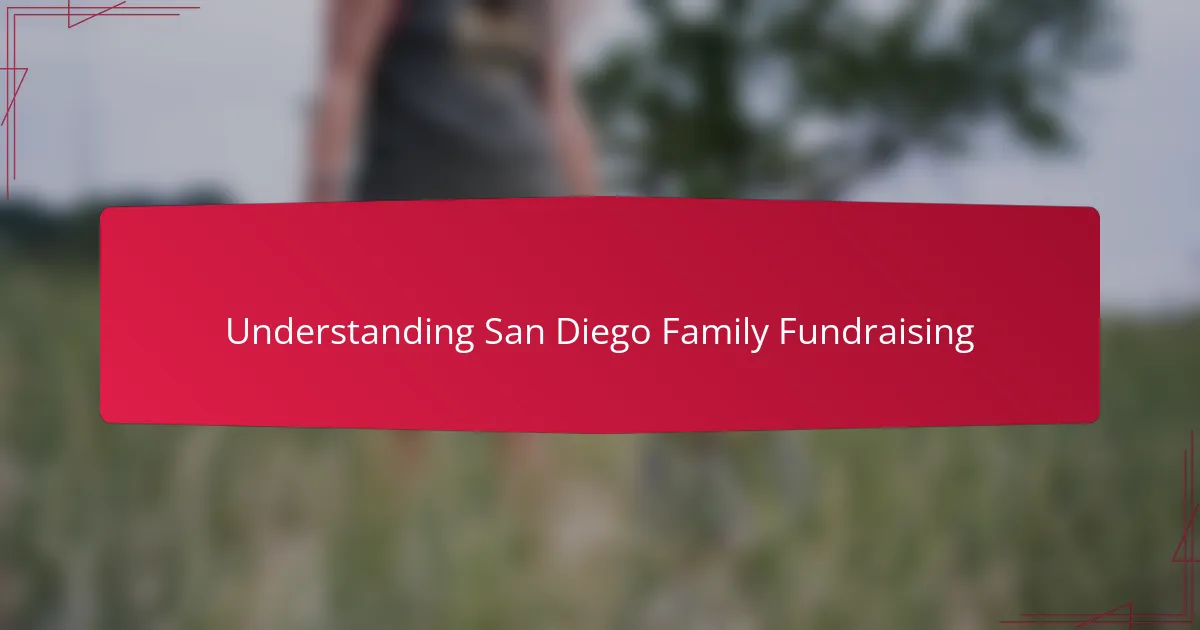
Understanding San Diego Family Fundraising
San Diego family fundraising is more than just collecting donations; it’s about building relationships and creating a sense of community. I remember when I first got involved, it struck me how families here genuinely come together to support causes that matter. Have you ever noticed how a simple event can turn neighbors into a supportive network?
What makes fundraising in San Diego special is its deep connection to local culture and family values. The energy at these gatherings often feels personal and heartfelt, reflecting the diverse spirit of the city. I’ve seen firsthand how this emotional investment fuels not just donations but lasting friendships and community pride.
Understanding this helps me appreciate why partnering with community centers works so well. They are hubs where families naturally converge, making fundraising efforts more interactive and meaningful. When I collaborate with these centers, it feels less like organizing a fundraiser and more like nurturing a shared goal with people I genuinely respect.
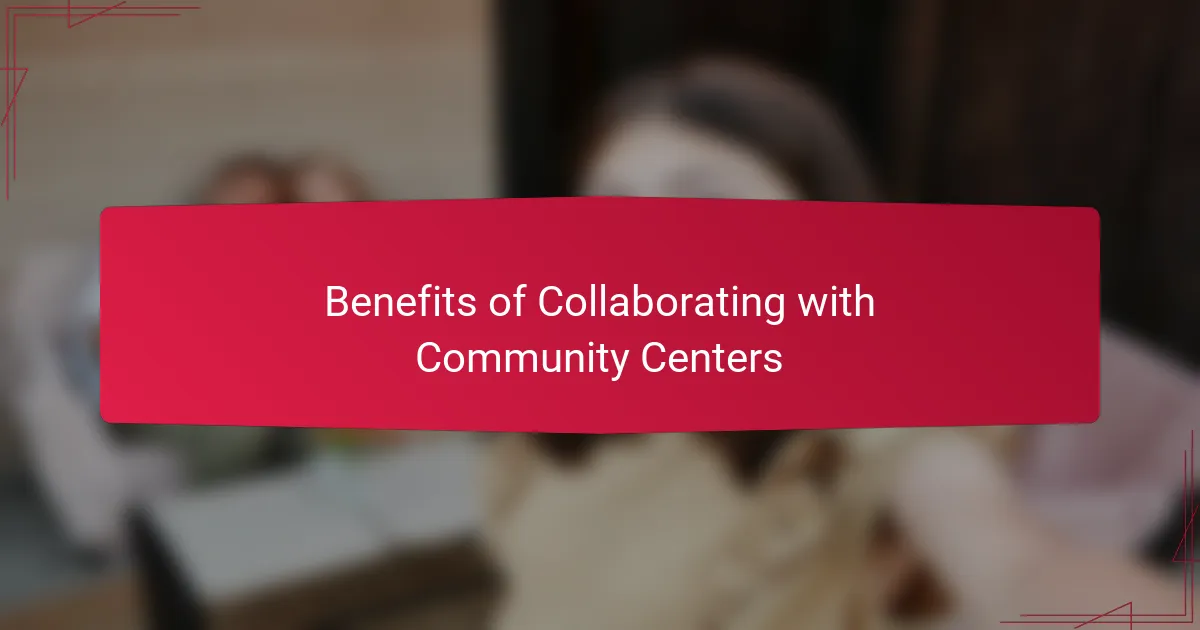
Benefits of Collaborating with Community Centers
Collaborating with community centers has been a game changer for organizing family fundraising events in San Diego. From my experience, these centers offer a welcoming space that naturally brings people together, creating a supportive environment that boosts participation. Plus, partnering with them often lends credibility to the event, making it easier to gain trust and involvement from local families.
| Benefit | Why It Matters |
|---|---|
| Accessible and Familiar Venue | Community centers are central and well-known, making it easier for families to attend without travel worries. |
| Built-in Community Networks | They offer direct access to a ready audience, helping to spread the word quickly and increase turnout. |
| Enhanced Trust and Credibility | Working with an established community center reassures attendees and encourages stronger community support. |
| Resource Sharing | Community centers often provide resources like tables, chairs, or marketing help, cutting event costs. |
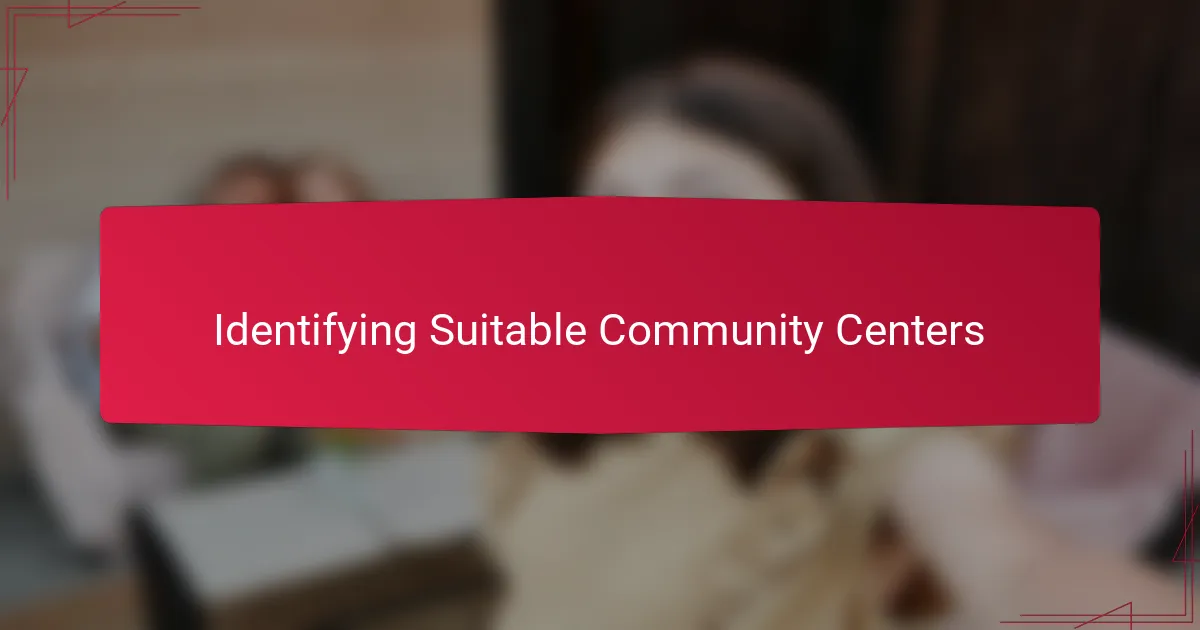
Identifying Suitable Community Centers
Finding the right community center in San Diego felt like searching for a hidden gem the first time I planned an event. I asked myself, “Where do families already gather and feel comfortable?” That question led me to centers known not just for their facilities, but for the warmth and familiarity that make people want to stay and participate.
I quickly realized location plays a huge role. Centers close to schools or busy neighborhoods naturally draw more families, making it easier to spread the word. Have you noticed how friends often recommend places they trust? That’s exactly what happens when a community center has a good reputation—a trusted hub becomes the perfect backdrop for family fundraising events.
Beyond just convenience, I looked for centers that offered resources like tables and chairs or had staff willing to help with promotion. It made a real difference knowing I wasn’t alone in setting up. There’s something powerful about sharing these responsibilities within a space that already feels like home to many families.

Planning Fundraising Events with Centers
Planning fundraising events with community centers in San Diego requires clear communication and shared goals. From my experience, it’s crucial to start discussions early, aligning the event’s purpose with the center’s mission. I found that this approach not only builds trust but also energizes the whole team, leading to smoother logistics and greater community turnout.
One thing I’ve learned is the importance of flexibility. Community centers often have specific schedules and resources, so adapting my ideas to fit their needs made the collaboration far more effective and enjoyable. It felt rewarding to see how a mutual understanding could transform a simple fundraiser into a meaningful community gathering.
| Aspect | Working with Community Centers |
|---|---|
| Scheduling | Requires early planning and flexibility to match center availability |
| Resources | Utilize center facilities and staff for support |
| Community Engagement | Align event goals with center mission to boost participation |
| Communication | Regular meetings and updates foster trust and smooth coordination |
| Event Outcome | Collaboration enhances impact and community spirit |

Steps to Establish Collaboration
Establishing collaboration with community centers for fundraising events takes thoughtful planning and genuine connection. From my experience working with several San Diego centers, the key is clear communication from the start—knowing their goals as well as yours sets a strong foundation. I recall one event where simply listening to the center’s ideas transformed the whole approach and motivated everyone involved.
Here are the essential steps I follow to build successful partnerships:
- Research local community centers to find those aligned with your event’s mission
- Reach out personally, either by phone or in person, to introduce your proposal
- Schedule a meeting to discuss mutual goals, resources, and expectations
- Listen carefully to their feedback and adapt your plans accordingly
- Formalize the agreement with a simple written outline to ensure clarity
- Maintain regular communication leading up to the event to keep enthusiasm high
- Show appreciation afterward to nurture the relationship for future collaborations

Organizing Successful Community Events
Organizing successful community events is all about balancing preparation with flexibility. From my experience, collaborating closely with local community centers made a huge difference because they know their audience well and provide spaces that feel welcoming. It’s fulfilling to see families come together, knowing that the groundwork and relationships built behind the scenes created an event everyone enjoyed.
| Aspect | Community Centers |
|---|---|
| Venue Availability | Flexible spaces ideal for family-oriented events |
| Local Reach | Strong connections with neighborhood families and groups |
| Resources Provided | Tables, chairs, sound systems, and event promotion assistance |
| Cost | Often affordable or subsidized to support community causes |
| Staff Support | Experienced in organizing and managing community-focused activities |
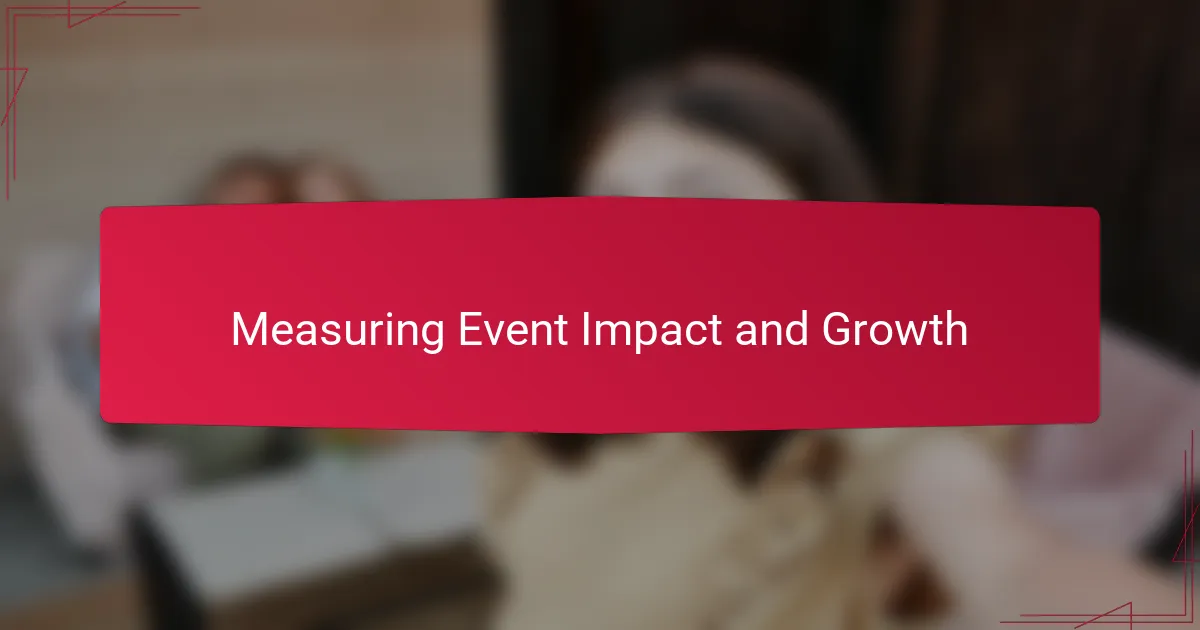
Measuring Event Impact and Growth
Measuring how well an event truly resonates can be tricky, but I’ve found that tracking attendance and participation gives me a clear pulse on community interest. After one fundraiser, I was surprised to see a steady rise in repeat attendees—not just because of the cause but because families felt genuinely connected. Isn’t that the real win when a community gathers?
Beyond numbers, I pay close attention to feedback from both the community center staff and attendees. I remember asking, “What worked well?” and “What can we improve?” Their honest answers helped me fine-tune future events, making each one feel more inclusive and impactful. It’s amazing how small adjustments based on these conversations can spark growth and deeper engagement.
Of course, growth isn’t just about bigger crowds; it’s about strengthening relationships. Over time, I noticed events evolved from being one-off fundraisers into ongoing traditions that families anticipated. That sense of continuity tells me we’re not just raising money—we’re building something lasting, and to me, that’s the true measure of success.
